
Play with Sound
Gallery
Edit samples, categorized by genre:
MENU
- Favs
- Action
- Drama
- Short Drama
- Thriller
- Comedy
- Musical Drama
- Montage
- Music Video

Breaking: "I Have a Bomb"
I deliberately paced the sequence to create an observational "real time" experience, allowing the audience to feel as if they are witnessing the events unfold firsthand.
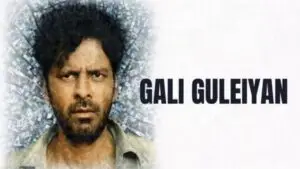
Gali Guleiyan: "The Runaway"
Carefully crafting the visual subtext from his perspective, I employed two-shots of Saira and her son against solitary shots of Liaqat to highlight the family dynamics and used three-shots positioning Liaqat as a wedge in the center.
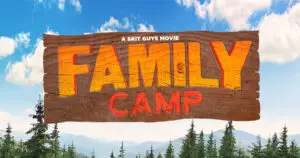
Family Camp: "You're the Best"
This scene blends elements of action, comedy, and music video, delivering a multifaceted viewing experience.
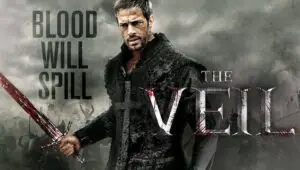
The Veil: "Desert Princess"
When editing choreographed fight and action scenes, carefully extracting frames from within the motions can infuse the scene with a more organic and kinetic essence.

Family Camp: "Bubble Ball"
I balanced epic sports action shots with comedic closeup moments, aiming to create a dynamic and engaging sequence.
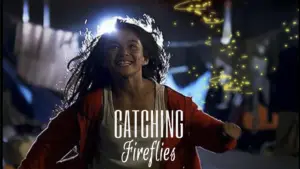
Catching Fireflies: "Crossfilre"
I put my efforts into a dramatic and seamless flow through the use of motion matches and pacing that follows the emotional undercurrent while making sure the eye trace was precisely where it needed to be. For this short I won Best Editing at the Action on Film International Film Festival.

Breaking: "Not Today"
I constructed the rhythm to emphasize Estel's initial desperation, gradually transitioning the focus and editing weight to Brian's evolving conviction.

Gali Guleiyan: "Parent Trap"
I build suspense around Idu's questioning, first focusing on his closeup to intensify pressure, then shifting to his mom to capture her dawning realization, and finally using a two-shot to encapsulate her feeling trapped as Idu corners her with his pivotal question.
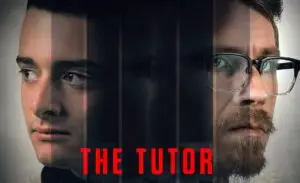
The Tutor: "I'm Just Curious"
I chose to start the scene with wider static shots, but as the interrogation intensifies, the camera shifts to revolving around Ethan. When Jackson's questions become uncomfortably probing, I amplify the tension by tightly focusing on Ethan, conveying the sensation of being cornered by Jackson's intrusive inquiries.
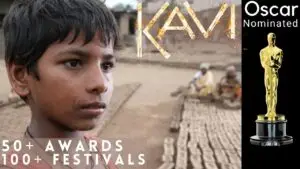
Kavi (Oscar Nominated): "Inspection"
My goal in crafting the pace and rhythm was to synchronize the cutting with his shifting psychological state.
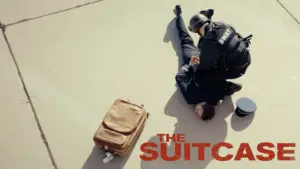
The Suitcase: "Bomb!"
The dynamic sequence is characterized by sharp pacing and emotional depth, amplifying the sense of desperation that permeates the scene.
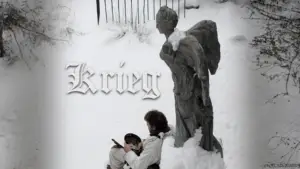
Krieg: "The B17"
The scene was shot in the desert at the Palm Springs Air Museum, with a platform constructed around an antique B17 on the tarmac and covered in artificial snow. Editing this sequence required careful sleight of hand to avoid revealing the real-world challenges of the shoot.

Gali Guleiyan: "To the End"
The film's editing, characterized by an escalating rhythm and pace akin to a coiling spring, reaches its peak in this pivotal sequence. The spring is now tightly wound, signaling the impending catharsis.

The Shift: "You're Not Supposed to Be Here"
I employed a blend of tense pacing and moments of sharp action. When confronted by his mob boss doppelgänger, I carefully crafted takes and angles to seamlessly showcase the spectacle of an actor playing against himself.

The Tutor: "You Know Who I Am"
Each moment was crafted with precision to evoke the desired impact and intensity, drawing viewers deeper into the unfolding narrative.

Finding You: "Ms. Sweeney"
To capture the amusing clash of personalities, I integrated Sweeney's protests around various takes of Finley reading, preserving continuity in the passage of the book.

Family Camp: "Big Foot!"
This scene demanded more than just comedic cuts; it required a delicate balance of suspense to keep the audience on the edge of their seats.
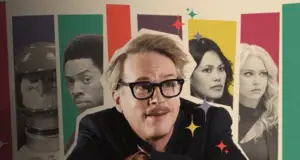
The Hyperions: "Locked In"
While the sequence carries a cheeky undertone, maintaining a suspenseful but light-hearted atmosphere is crucial. To achieve this, I employed a balanced approach, alternating between a slower observational pace and moments of quick, frenetic intensity.
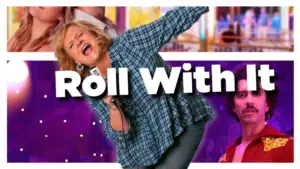
Roll With It: "Shake Your Groove Thang"
I meticulously honed a comedic and lively rhythm, ensuring seamless flow and maximizing the visual impact of every moment.

Roll With It: "Smoke and Mirrors"
I seized every opportunity to showcase the epic scale of showmanship, aligning the pace seamlessly with the classic 80s pop song "We Built This City."

Finding You: "St. Finnian's Festival"
Crafting this set piece, filmed over four days, demanded the simultaneous navigation of multiple characters' individual story beats, all within the rhythm of a music performance.

Breaking

Finding You

The Tutor
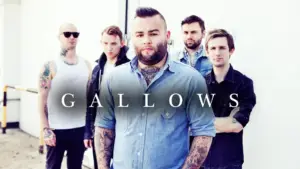
The Gallows: "Mondo Chaos"
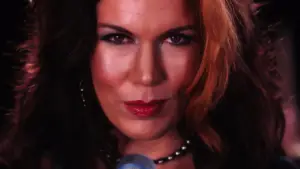
Danielle LoPresti and The Masses: "Objectify
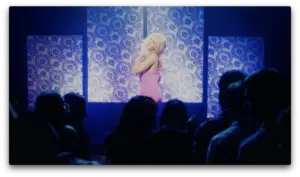
Savanah: "Colors"
Select Filmographies
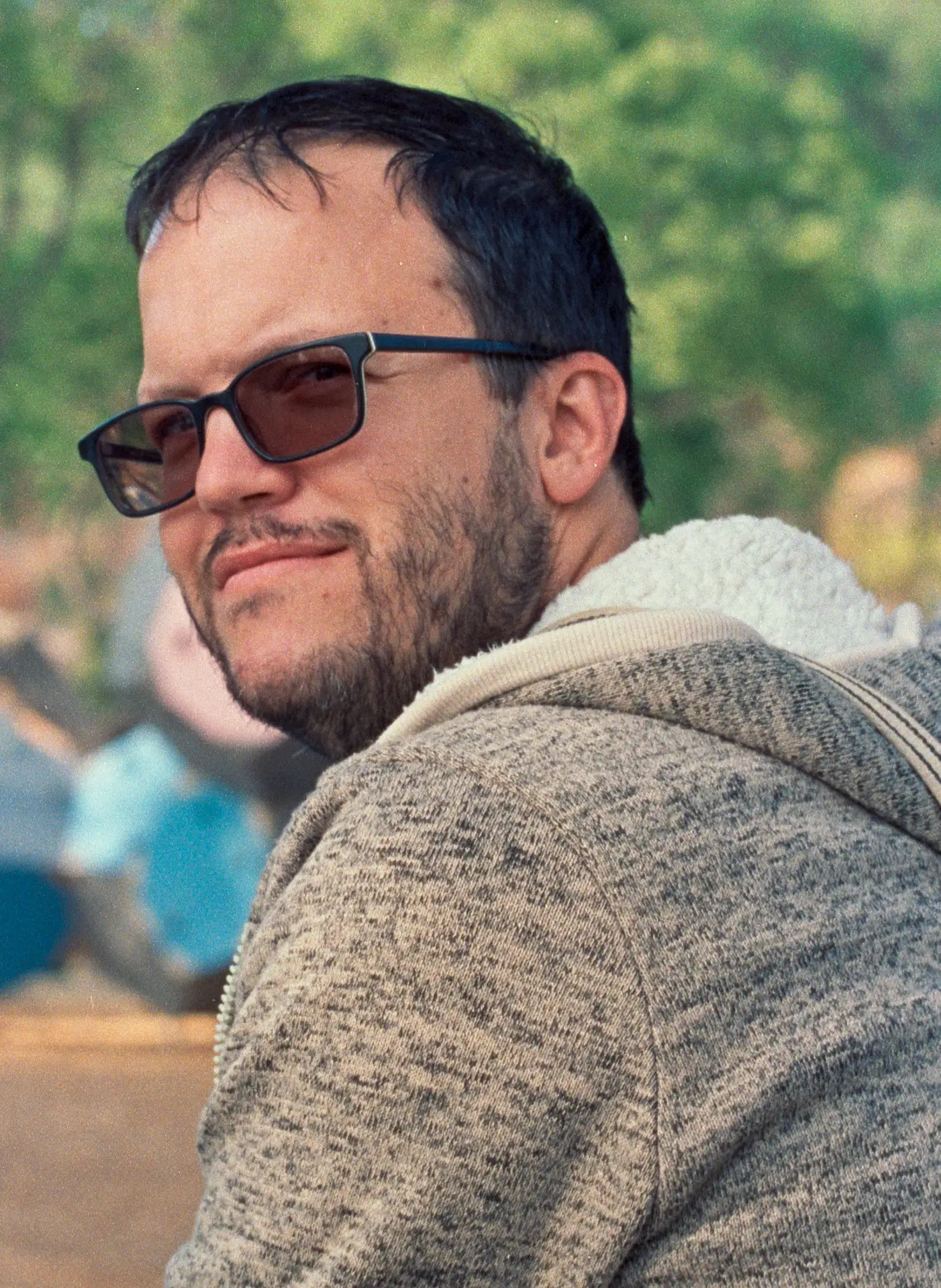
I offer versatile editing skills across diverse genres, tailoring each project to its unique vision. Rather than "painting by number," I listen to the nuances of the footage and intuitively shape it into its most authentic form.
My films have been screened at over 100 festivals worldwide, including Cannes, Busan, American Film Institute, and Tribeca, have won numerous awards. Additionally, my editing work has garnered notable reviews and recognition including:
“Editor Chris Witt is exceptionally good at alternating the grown-up's and children's stories, building ever stronger tension as the climax approaches...”
-The Hollywood Reporter
“Savvy Editing”
-Rolling Stone
“Corbin is firmly in control behind the camera and with particular expert help with her editor Chris Witt.”
-Deadline
"...in the case of the tense and tightly spun bank heist thriller “Breaking,” there’s a one-two gut punch of sadness accompanying the experience."
-Roeper
“Beautifully crafted montages where Finley and Beckett visit tourist hotspots are especially beguiling.”
-Variety
“Good pacing and a rousing orchestral score increases tension as Jackson gets downright nasty.”
-MovieWeb
“Chris Witt’s editing is first rate, those intercuts are just brilliant.”
-Glamsham.com
“The sense of claustrophobia and disorientation also benefits from Chris Witt’s editing, who keeps the two parallels well presented, but with a sense that something strange is going on.”
-Asian Movie Pulse.com
“...Chris Witt’s editing is a triumph...”
-Projected Figures
...and he’s ridiculously fast. It’s mind boggling. With Chris you get impeccable taste and exceptional speed. A rare combination."
-Gregg Helvey, Oscar Nominated Director
MY CRAFT
I specialize in narrative-driven editing, leveraging a keen sense of story and taste to enhance the emotional depth and authenticity of each actor’s performance. Early in the editing process, I incorporate sophisticated sound design, creating immersive soundscapes that elevate the visual narrative. My proficiency in Fusion allows for the seamless integration of temporary VFX and compositing, streamlining post-production and crystallizing the film’s final vision.
MY SPEED
I pride myself on my exceptional speed in editing, delivering rapid results without compromising on taste or quality. My ability to ‘chase the camera’ provides directors and producers with a real-time glimpse into how the film is taking shape, allowing for strategic adjustments on set. With efficiency comparable to that of two editors, my swift editing process can significantly reduce post-production costs by halving the time typically required, offering both economic and creative advantages to any project.
MY APPROACH
I’m an intuitive collaborator, finely attuned to my director’s vision, seamlessly adapting to their preferred workspace, be it a home office or studio. I offer freedom to experiment, guiding the initial cut towards their vision before collaborating closely to refine and elevate the project. Additionally, my expertise includes being brought in mid-edit to rework films or solve problems, acting as a film doctor. My approach is rooted in openness, exploring every avenue towards cinematic excellence.
Press
“What I love in a rewarding creative partnership is how both the director and editor sharpen each other and, in turn, sharpen the story. We share a sense of trust and freedom to make bold choices and experiment with ideas. On each project we’ve collaborated on, we’ve had this pact that we won’t succumb to creative fatigue and say, ‘Well it’s good enough.’ I think it’s within both of us that when there’s an itch about something in the edit, we ultimately need to scratch it.”
For Chris, it’s all about the journey. “Editing is a process, and if you set out to nail the final form in the first pass you’ll miss out on all the discoveries. The beauty of editing movies is that they take on a life of their own and seem to tell you what shape they want to be cut in— if you’ll only slow down and pay attention.”
Carpenter said he enjoyed working with Witt, whom he described as someone who balances being an artist and a team player.
“At every step of (testing the film with focus groups), Chris would bring fresh ideas and ultimately, there was a certain reshaping of the narrative of the film that Chris helped initiate,” he said.
“We’re forever grateful for his stamp on this project.”
“These movies have a personality because nobody expected what they were going to shoot. What comes out is often very different than what they anticipated. When you slow down and listen and watch the footage, it will inspire you and speak to you on how the movie itself seems to want to cut together.
When I do cut unscripted, the rhythm, pace and sequence and cinematic feel that I learned from cutting narrative really speaks to what I do. When I cut a movie, and a scene isn’t working, I have the skills from my unscripted background to look at the footage and think outside the box and look at a scene or the footage in a brand new way because that’s what we do every day.“
“It’s important for me in the edit chair to facilitate flexibility. If you religiously keep an organized system of tracking edits, and you maintain an open mind and positive attitude, you will absolutely find something through your labors that will make the cut better. The end of those days when something unexpected is discovered is always the highlight of my time with any director.”
“…many of my movies are in languages I do not speak. This is only possible because human emotion is universal. So is guiding an audience on a journey through moving images and sound design. So in that case there are many more similarities in how I approach different types of movies (and languages) than differences.”
“One way to create a natural flow in sequences is to be very mindful of eye trace and where characters are placing their active attention. If a character moves or even darts their eyes in a direction, our primitive instincts will shift our own perception in the same direction in case there’s a lion spotted in the bush and another human’s eyes are warning you to run like hell. If I guide your eyes from one position on screen through an edit to where I want them to be looking on the next shot, your eyes will already be looking where I want them and not searching the frame for the focal point. You’ll soon find yourself in a trance. Time flies when you’re in a dream state.“
On the day Witt and Abi, the film’s director, started editing the film together, Witt said that he discovered Michael K. MikWilliams had died.
“It just happened to be that we had already been working a week in post-production and we heard the news. We grieved for that part of that day. And we were just like, okay, we need to go back to work,” he said. “It felt like the responsibility to craft the remaining embers of his creative voice. Of his work on earth, you know? It was tough. The responsibility to do that well was heavy.”
We often played with the idea of a real-time experience. Before the “Sniper Run,” as we called it, I took extra time to show his back and neck stiffen, and I’m allowing his experience to unfold without upcutting, but as his heart begins to race in his paranoia, I match with the pace of the edit— letting us see what he’s seeing, and thus feel as he feels.
Just like with the moment of Brian holding back with Estel, here was another opportunity to get into the mind of a character through the editing. If my rhythms ease you into a dream-like state, then I can sync you up with the character and you will acutely experience their emotion. It’s about moving the audience from an observational perspective into a subjective one with the character. Hopefully your heart was beating in time with Brian’s as he clocked all those security cameras!